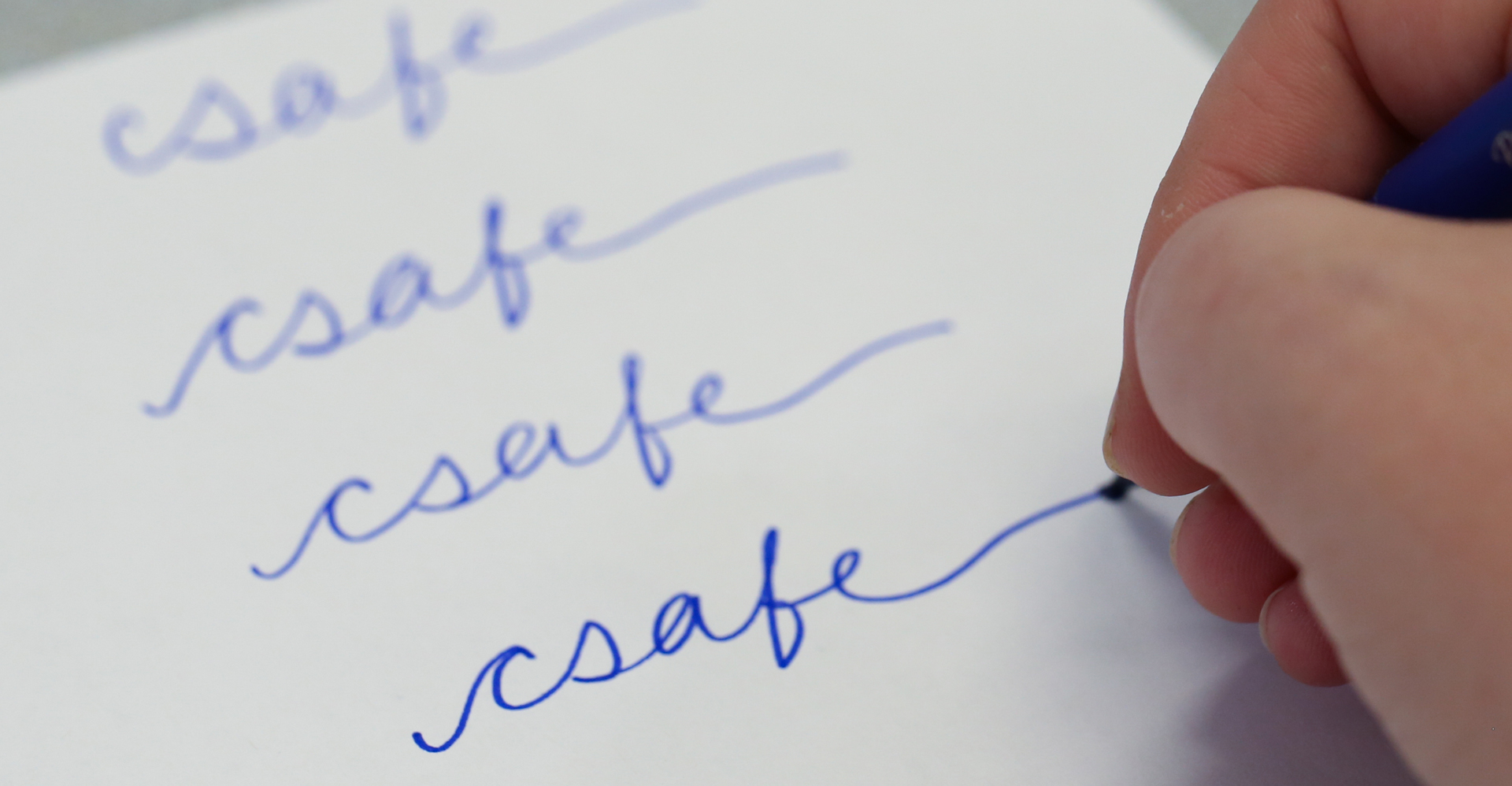This CSAFE webinar was held on March 11, 2021.
Presenter:
Alicia Carriquiry
Distinguished Professor and President’s Chair in Statistics, CSAFE Director
Presentation Description:
Forensic handwriting analysis relies on the principle of individuality: no two writers produce identical writing, and given enough quality and quantity of writing, it is possible to infer whether two documents were written by the same person. Forensic handwriting analysis is carried out by examiners trained to find subtle differences and similarities between a questioned document and a reference sample. Examiners visually compare samples and offer an opinion regarding the source of the questioned document.
In the last 10-15 years, researchers have proposed algorithmic tools to complement examiners’ visual assessments. A well-known software system called FLASH ID (Sciometrics, LLC) first decomposes the image of a questioned sample into structures called graphemes and then characterizes them by their topology and shape. Given a closed set of reference samples, the software computes a score that quantifies the similarity between the questioned document and the references. FLASH ID has been extensively tested and has been shown to exhibit very good accuracy.
At CSAFE, we are working on semi-automated methods suitable for closed or for open sets of reference writers, and for the examination of samples at the level of words or at the level of graphical structures similar, but not identical to graphemes. In the webinar we will describe each of the different methods, and show initial but promising results. When the reference set of writers is closed we use a Bayesian approach that outputs a probability of writership for each writer in the set. Because the output is an estimated probability, the interpretation of results is straightforward. We are still developing and testing the word-based approach and the more algorithmic approach that can be used when the set of potential writers is open, but can show some initial results and our plans for future developments. Software to implement these methods is called handwriter. The program is not yet fully functional, but an early version is in the public domain and can be freely accessed at https://github.com/CSAFE-ISU/handwriter.



